Canker In Butternut Trees: Learn How To Treat Butternut Canker
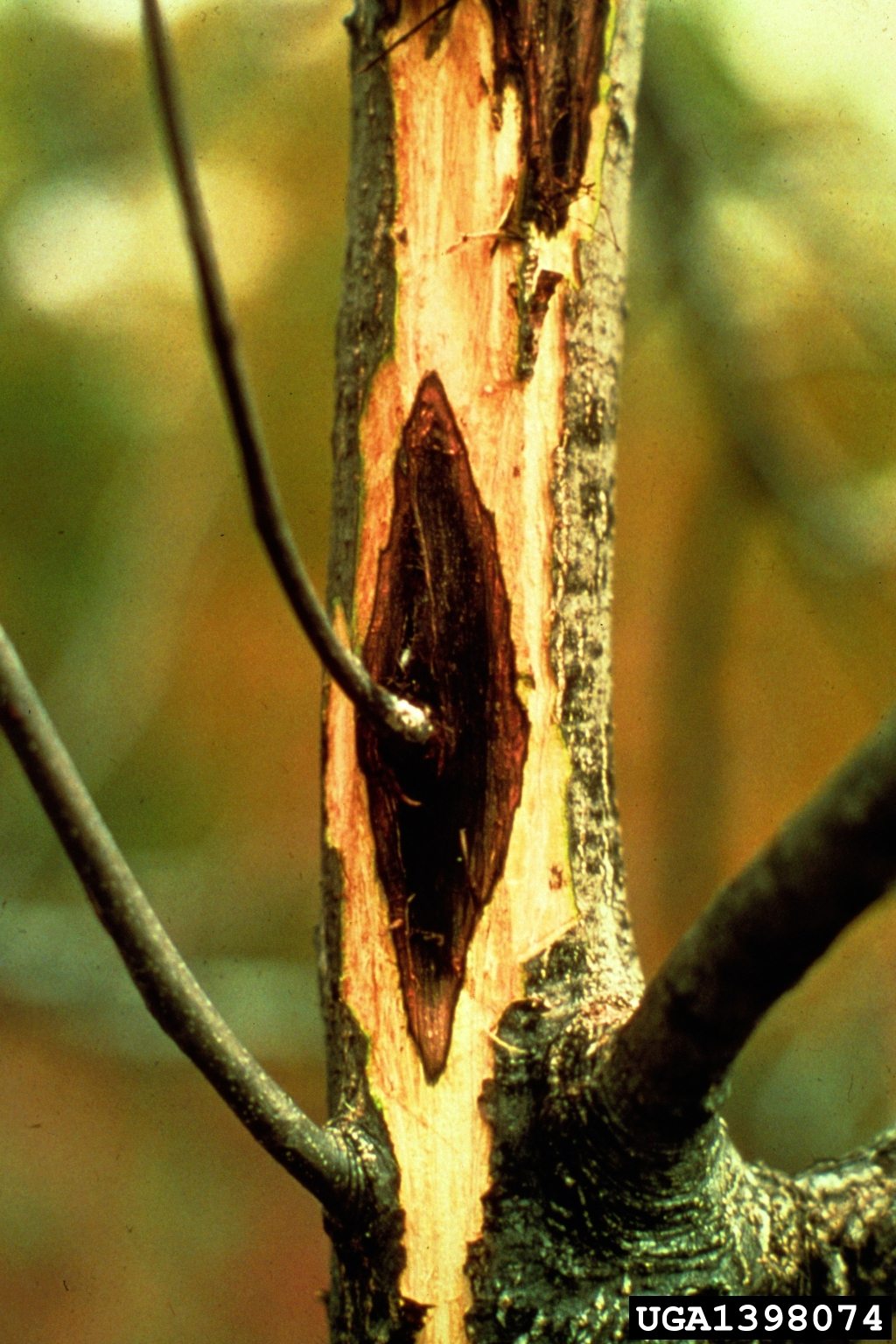

Butternuts are lovely, eastern American native trees that produce rich, buttery flavored nuts beloved by both humans and animals. These trees are treasures that add grace and beauty to the landscape, but butternut canker disease ruins the appearance of the tree, and it is almost always fatal. Find out about preventing and treating butternut canker in this article.
What is Butternut Canker?
Canker in butternut trees prevents the flow of sap up and down the tree. Without the means to transport moisture and nutrients, the tree eventually dies. There is no way to “fix” a canker or cure the disease, but you may be able to extend the life of the tree. Butternut tree cankers are caused by a fungus called Sirococcus clavigignenti-juglandacearum. Rain splashes the fungal spores onto the trunk or lower branches of a tree where it penetrates through scars left behind by buds, fallen leaves, and through wounds in the bark from insects and other injuries. Once inside, the fungus causes a softened area that looks like an elongated scar. Over time the scar deepens and becomes larger. The parts of the tree directly above the canker die back. When the canker becomes so large that sap can’t move up the tree, the entire tree dies.
How to Treat Butternut Canker
When you have a canker on the trunk of a butternut tree, there is no chance to save the tree. When you take down the tree, remove all of the debris promptly. The spores can remain alive and able to infect healthy trees for two years or more. If the cankers are limited to the branches, removing the branches can extend the life of the tree. Cut back infected branches to about 8 inches (20 cm.) beyond the canker. Disinfect pruning equipment after cuts by dipping them in a 10 percent bleach solution or a 70 percent alcohol solution. Hold the pruners in the disinfectant for 30 seconds or more. Disinfect and then rinse and dry your tools before putting them away. There is little you can do to protect a tree in an area with known butternut canker disease. Healthy trees survive longer in areas with the disease. Keep your tree healthy by making sure that it gets plenty of water and fertilizer. If the tree doesn’t get at least an inch (2.5 cm.) of water per week, consider irrigation. Fertilize in years when the leaves look small or pale and the stems aren’t putting on as much new growth as usual. Don’t fertilize a tree that doesn’t need additional nutrients.
Gardening tips, videos, info and more delivered right to your inbox!
Sign up for the Gardening Know How newsletter today and receive a free copy of our e-book "How to Grow Delicious Tomatoes".

Jackie Carroll has written over 500 articles for Gardening Know How on a wide range of topics.
-
 12 Lush Alternatives To A Lawn For Sustainable Spaces
12 Lush Alternatives To A Lawn For Sustainable SpacesAlternatives to a lawn are beautiful and also beneficial to your local ecosystem and its pollinators. Explore our top picks for plants to replace grass.
By Tonya Barnett
-
 Types Of Tomatoes Explained: Explore The Many Wonderful Shapes, Colors, Flavors, & Best Uses
Types Of Tomatoes Explained: Explore The Many Wonderful Shapes, Colors, Flavors, & Best UsesThe world of tomato varieties is vast and fascinating. Learn about the key types to grow in your garden, tailored to your preferences and space.
By Amy Grant
-
 Butternut Harvesting: How To Harvest Butternut Trees
Butternut Harvesting: How To Harvest Butternut TreesAn underutilized nut, the butternut, is a hard nut that is as large as a pecan. If you are lucky enough to have one of these gorgeous white walnut trees, you may be wondering when and how to harvest butternut trees? This article can help with that.
By Amy Grant
-
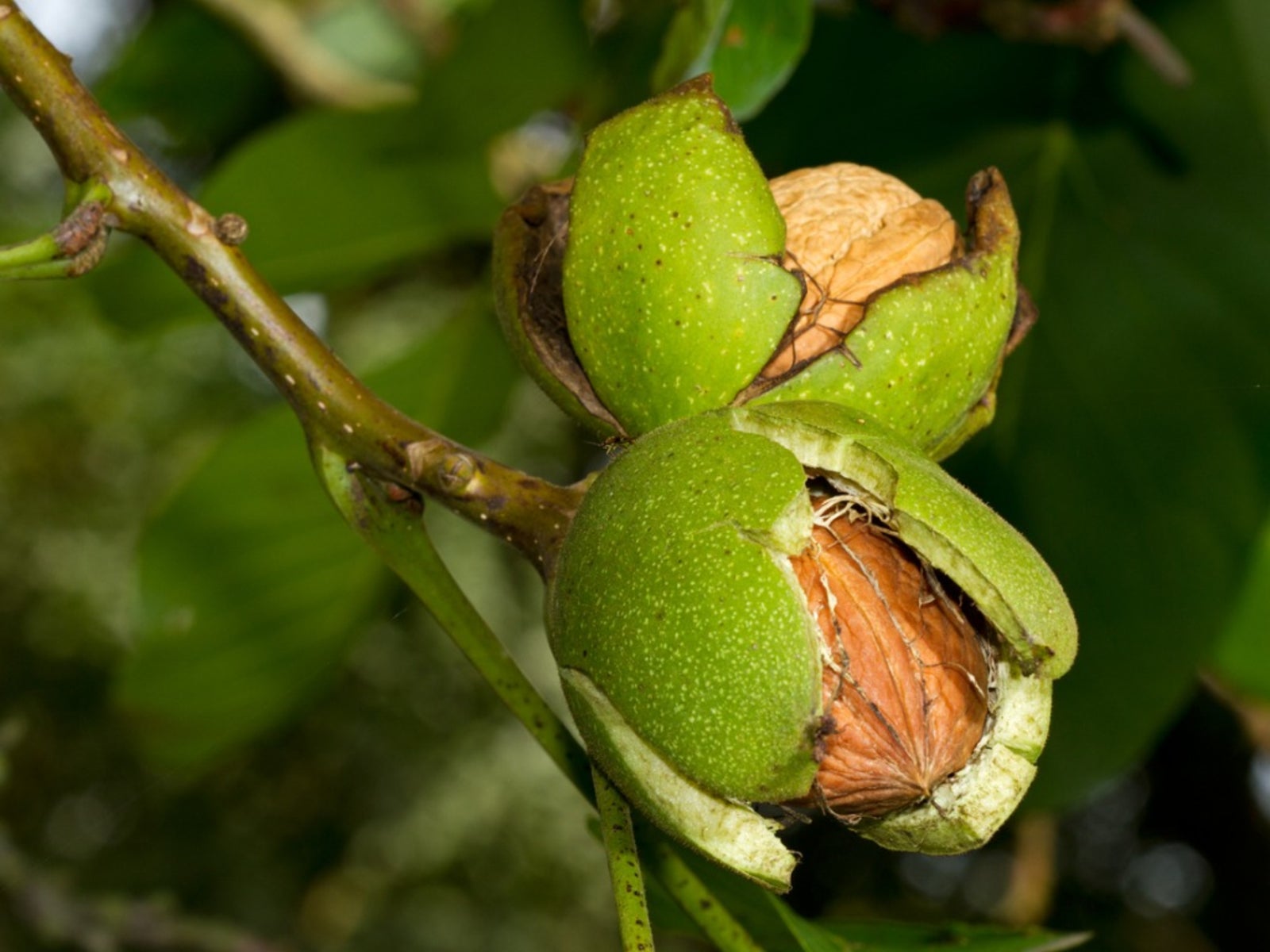 Fusarium Canker In Walnuts – Learn About Treating Fusarium Canker Disease on Walnut Trees
Fusarium Canker In Walnuts – Learn About Treating Fusarium Canker Disease on Walnut TreesWalnut trees grow quickly, and before you know it, you have cool shade and a bounty of nuts. You may also have cankers that can kill the tree. Find out about fusarium canker in walnuts in this article. Click here to learn more.
By Jackie Carroll
-
Treating Walnut Bunch Disease: Bunch Disease In Walnut Trees
Walnut bunch disease affects not only walnuts but a number of other trees, including pecan and hickory. Find helpful information regarding symptoms of bunch disease and bunch disease treatment in the article that follows.
By Mary H. Dyer
-
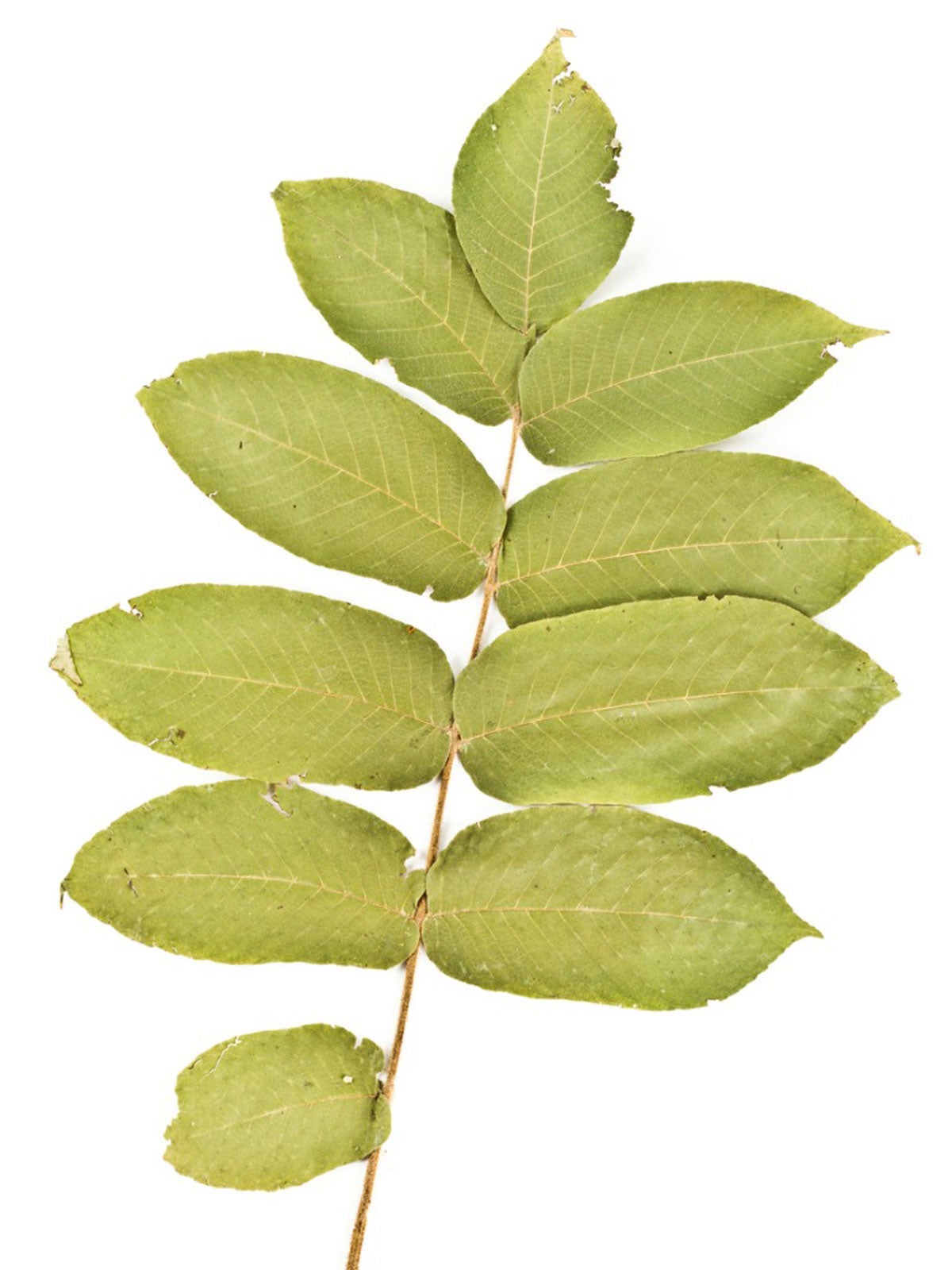 Is Growing Butternuts Possible: Information About White Walnut Trees
Is Growing Butternuts Possible: Information About White Walnut TreesWhat are butternuts? No, don't think squash, think trees. Butternut is a species of walnut tree and the nuts that grow on these wild trees are easy to process and delicious to eat. For more butternut tree information, click this article.
By Teo Spengler
-
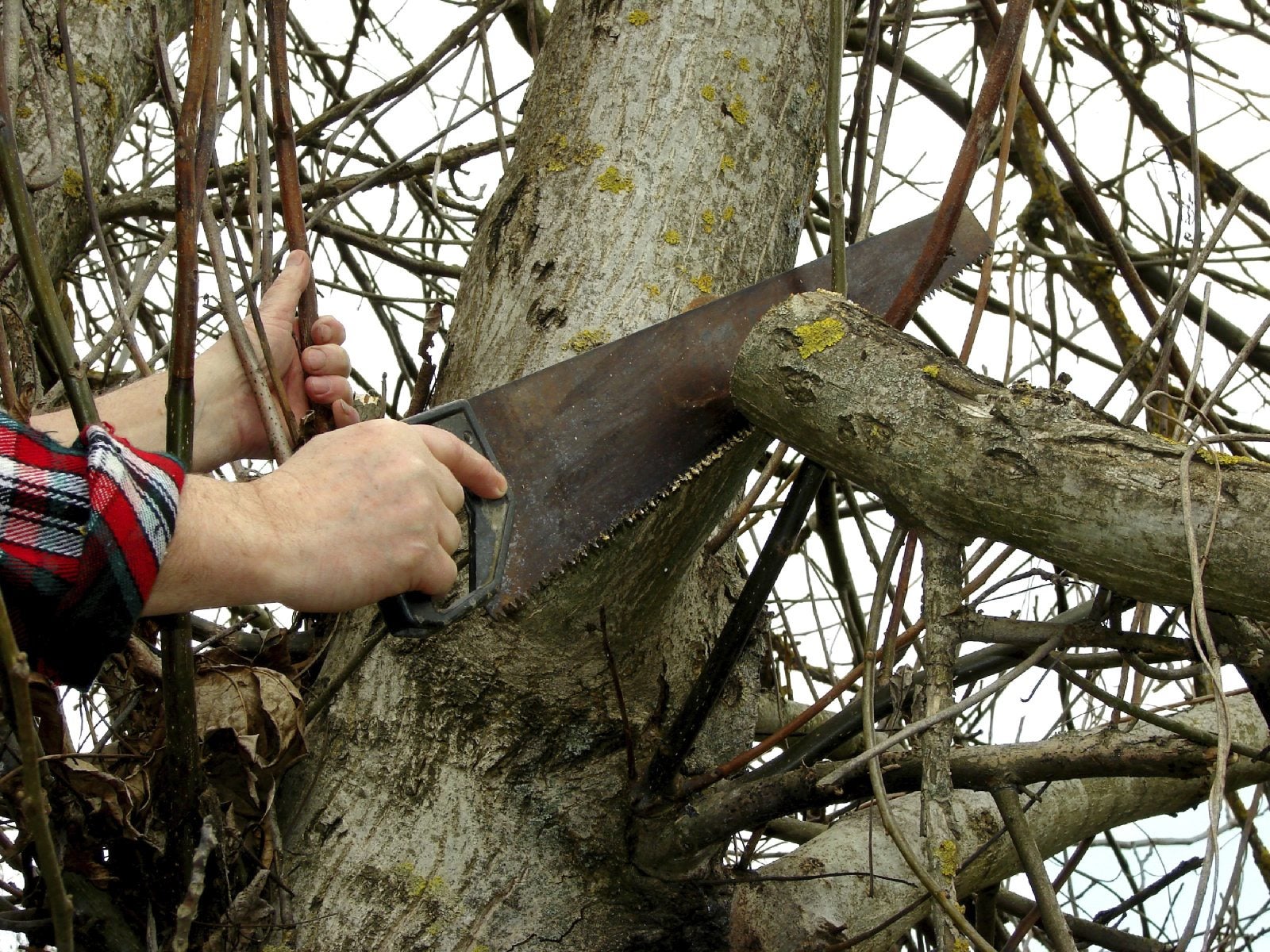 Trimming A Walnut Tree: How To Prune Walnut Trees Properly
Trimming A Walnut Tree: How To Prune Walnut Trees ProperlyWalnut tree pruning is important for the tree's health, structure and productivity. Walnut trees make nice shade trees, are excellent timber specimens, and produce delicious nuts. Click this article to learn how to prune a walnut tree.
By Karen Boness
-
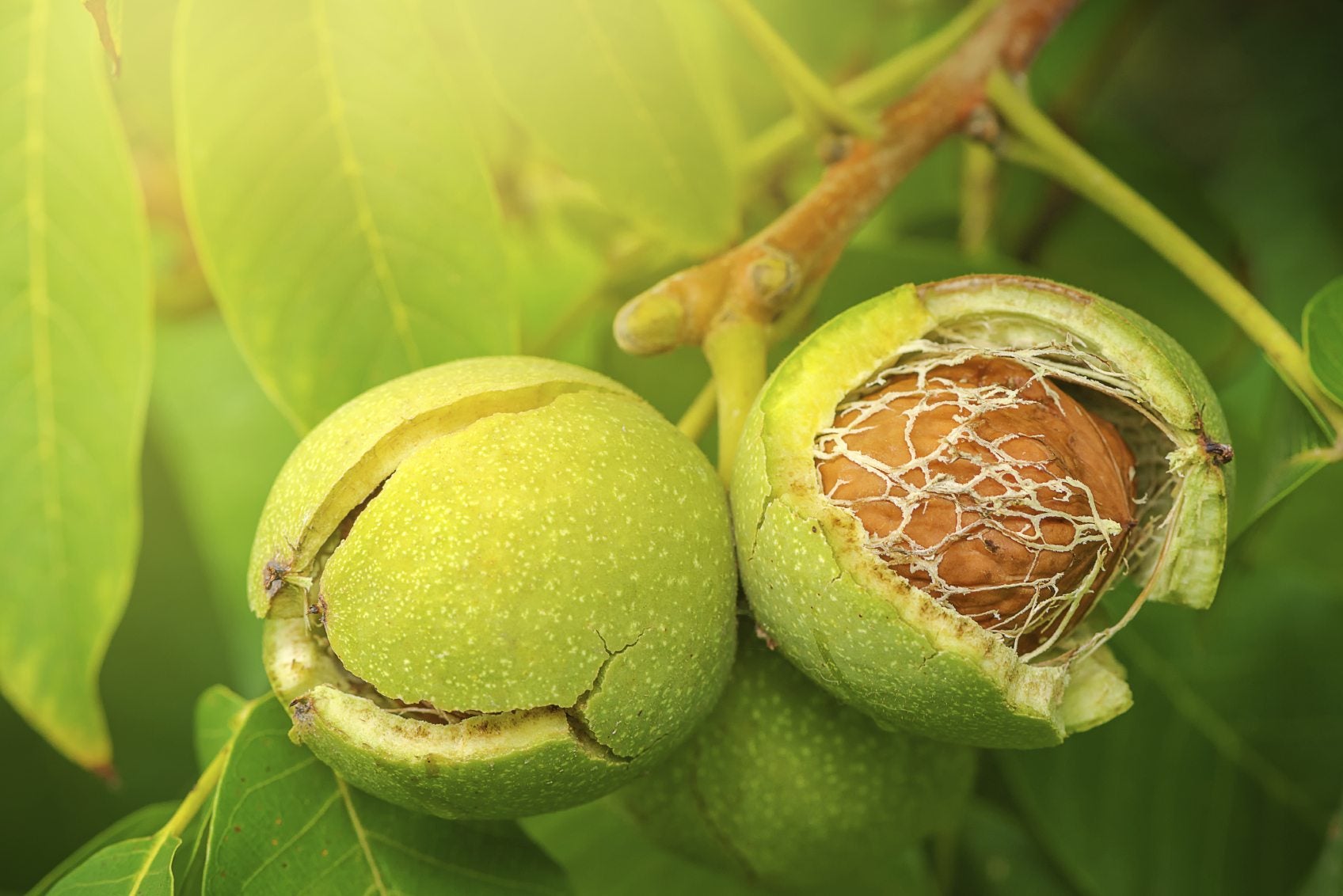 Walnut Tree Harvesting: When Are Walnuts Ready To Pick
Walnut Tree Harvesting: When Are Walnuts Ready To PickWalnuts are high in protein and delicious! What better reason to grow your own? The question is, when are walnuts ready to pick and what is the best way to pick walnuts? This article will help with harvesting walnuts.
By Amy Grant
-
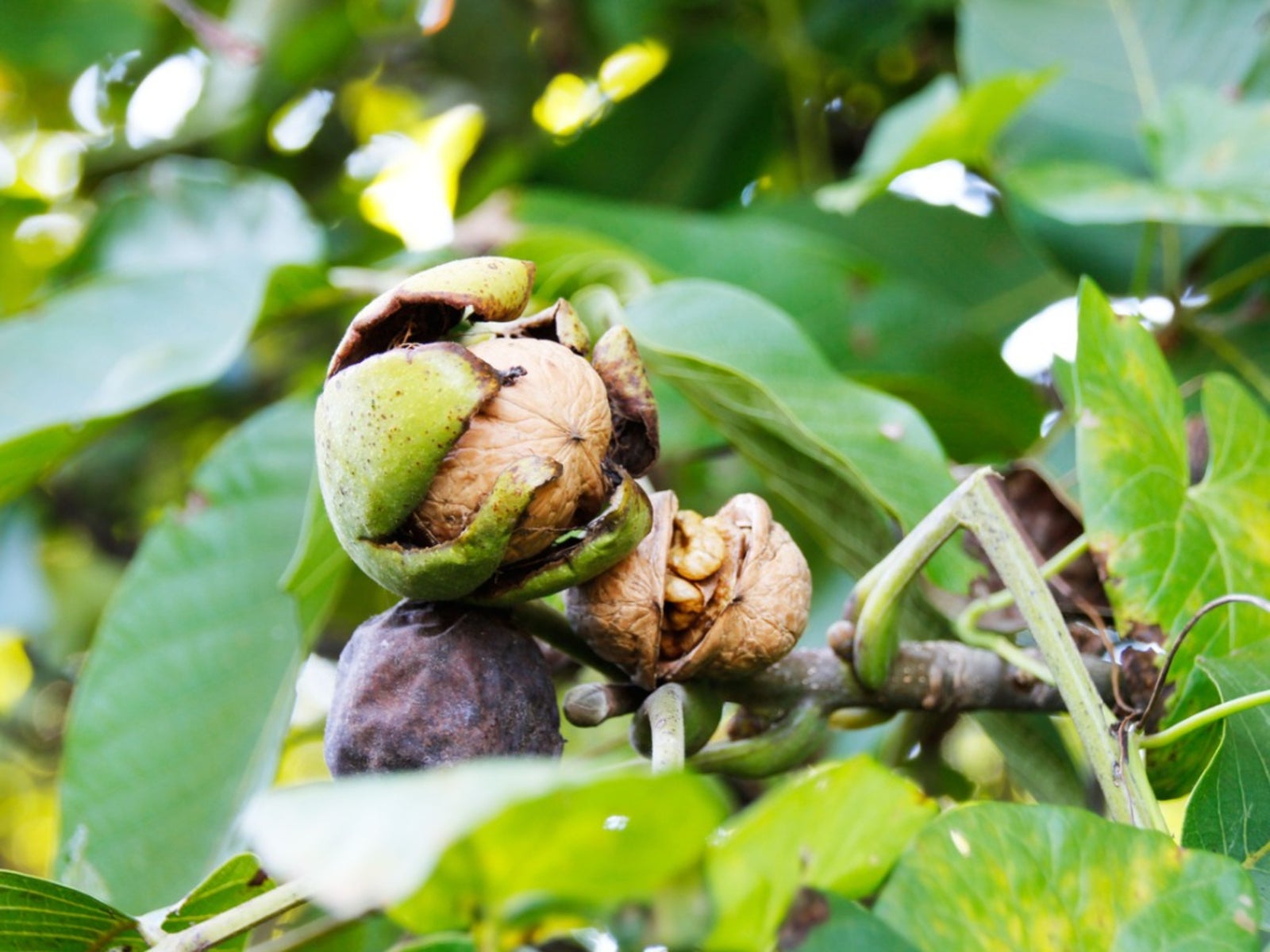 Planting Walnut Trees: Tips and Information On Growing Walnuts
Planting Walnut Trees: Tips and Information On Growing WalnutsWalnut trees produce not only a delicious, nutritious nut but also provide shade in the landscape with their large, arching limbs. Learn how to grow walnuts in this article.
By Amy Grant